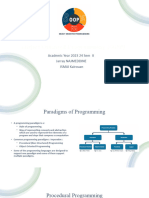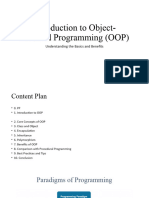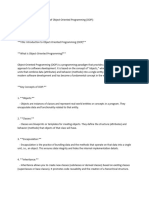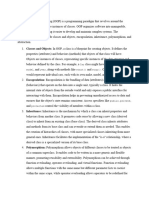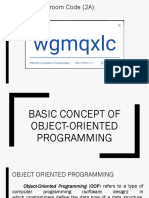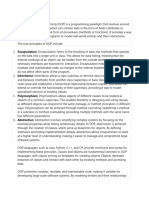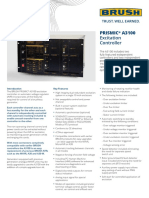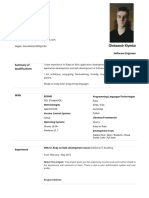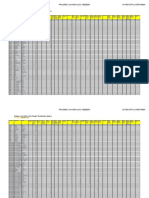0% found this document useful (0 votes)
14 views2 pagesOOP Notes
these notes have OOP data in it. very helpful
Uploaded by
MUHAMMAD AZAMCopyright
© © All Rights Reserved
We take content rights seriously. If you suspect this is your content, claim it here.
Available Formats
Download as DOCX, PDF, TXT or read online on Scribd
0% found this document useful (0 votes)
14 views2 pagesOOP Notes
these notes have OOP data in it. very helpful
Uploaded by
MUHAMMAD AZAMCopyright
© © All Rights Reserved
We take content rights seriously. If you suspect this is your content, claim it here.
Available Formats
Download as DOCX, PDF, TXT or read online on Scribd
/ 2

